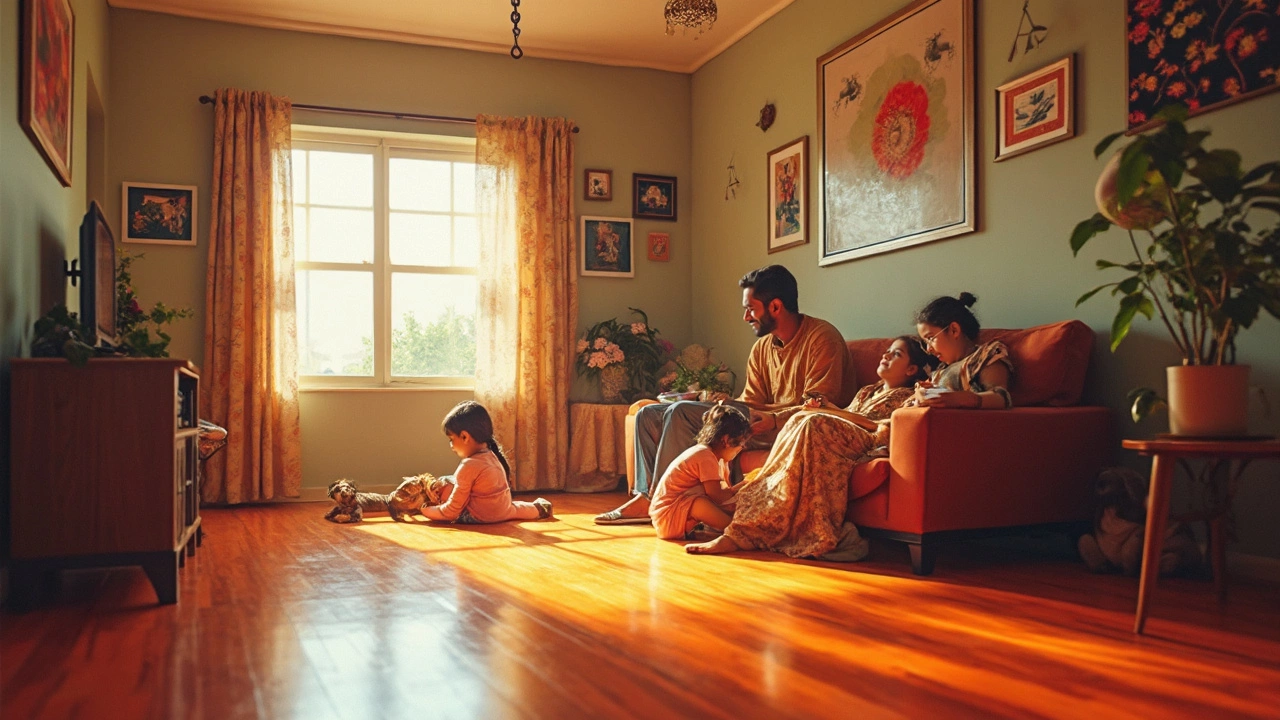Flooring Lifespan – How Long Your Floors Actually Last
When talking about flooring lifespan, the period a floor remains functional and attractive before it needs replacement. Also known as floor life expectancy, it varies widely based on material, traffic, and upkeep. Understanding this helps you budget, choose the right surface, and avoid premature wear.
The first factor is the flooring material, the core composition such as hardwood, laminate, tile, or vinyl. Each material carries a distinct wear rating, a numeric score (often 1‑5) indicating resistance to scratches, dents, and moisture. A high wear rating usually translates to a longer lifespan, but only if the floor receives proper maintenance, routine cleaning, sealing, and timely repairs. In short, flooring lifespan = material quality + wear rating + maintenance consistency.
Key Elements that Shape How Long Floors Last
First, material type sets the baseline. Solid hardwood can survive 30‑50 years when refinished, while engineered wood often caps around 15‑20 years. Ceramic tile boasts 50‑100 years with minimal wear, whereas inexpensive laminate might need replacement after 10‑15 years under heavy foot traffic. Second, installation method matters. A correctly installed subfloor prevents moisture buildup that can rot wood or warp laminate, directly extending the floor's useful life. Third, environmental exposure such as sunlight, humidity, and temperature swings accelerates degradation; UV‑stable finishes help mitigate fading on wood surfaces.
Maintenance habits are the third pillar. Simple actions—regular sweeping, using appropriate cleaners, placing rugs in high‑traffic zones—can shave years off wear. For tile, resealing grout lines every few years stops water penetration that leads to cracking. Vinyl benefits from a protective sealant that resists staining. Ignoring these steps reduces the effective lifespan by up to 40 percent, according to a 2023 home‑care survey.
Finally, traffic load dictates wear speed. A family room with daily foot traffic and pet claws will age a floor faster than a guest bathroom used occasionally. Using area rugs, furniture pads, and rotating rugs can spread wear more evenly, preserving the original look longer.
All these pieces intertwine: the central entity flooring lifespan encompasses material choice, wear rating, installation quality, maintenance routine, and usage patterns. By assessing each element, you can predict how many years a floor will stay beautiful and functional.
Below, you’ll find a curated list of articles that dive deeper into related topics—how to choose durable flooring, what maintenance schedules look like, and even how other home items like sofas and countertops compare in longevity. These guides will give you practical steps to maximize the return on your flooring investment and keep your home looking fresh for years to come.
